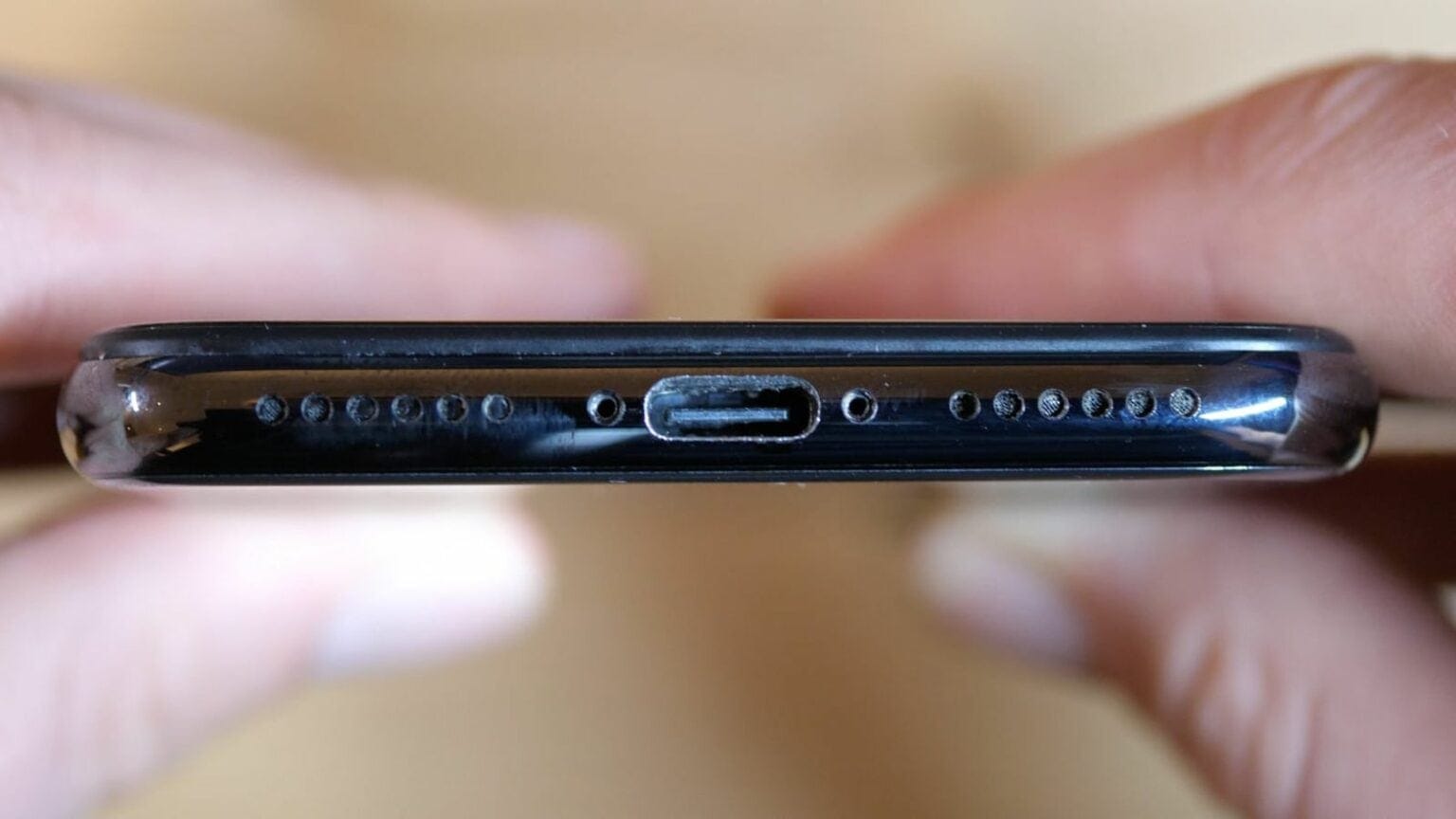The Lightning port’s days are numbered. The EU government has settled on a plan that will require all new phones and tablets to have a USB-C port, including iPhone.
But is seems Apple saw the writing on the wall and is already getting ready to switch iPhone from Lightning to USB-C.
EU makes USB-C standard charging port for all phones and tablets
Most Androids already use USB-C. Apple uses it on all MacBooks and most iPads. But iPhone is the holdout. Not for much longer, though.
On Tuesday, the EU Parliament and Council reached provisional agreement on the amended Radio Equipment Directive establishing USB-C as the single charging solution for small and medium-sized portable electronic devices.
The list of devices that must have USB-C includes mobile phones, tablets, e-readers, earbuds, digital cameras, headphones and headsets, handheld videogame consoles, and portable speakers.
The new rule goes into effect autumn 2024. After that point, new products sold in the EU must have the standard charging port. And 40 months later, laptops will be added to the list.
“European consumers were frustrated long with multiple chargers piling up with every new device,” said the EU Parliament’s rapporteur Alex Agius Saliba in a statement. “Now they will be able to use a single charger for all their portable electronics.”
Forcing iPhone to use USB-C
Not every Android has a UBC-C port. Most do though, especially ones made for sale N. America, Europe and other developed countries.
But Apple has clung to the iPhone Lightning port. And Apple shipped 238 million units in 2021 – quite a lot of non-USB-C devices.
The basic iPad also has a Lightning port. As do AirPods.
Those days are apparently coming to an end, though. Information leaking out of Apple indicates that the iPhone 15 in 2023 will have a USB-C port, rather than a Lightning one. Given the timing, it seems clear Apple is responding to the EU’s new rule, which has been moving forward for many months.
There was little alternative. Cupertino would have had to make a USB-C model just for Europe, or stop selling iPhone in the EU. Both those options would cost the company a considerable amount of money.
To be clear, the EU isn’t saying iPhone can’t keep its Lightning port. But it has to have a USB-C one. A dual-port iOS handset is not a route Apple is likely to take, though.
Instead, Apple is apparently bowing to EU pressure and will use USB-C on all its devices, not just most of them.


